The historic centre of Ischia di Castro lies on a tuff cliff at the crossing of two streams, a position suggesting its Etruscan origins. It is located in the centre of the archaeological area of the Antica Città di Castro, the capital of the Farnese Duchy.
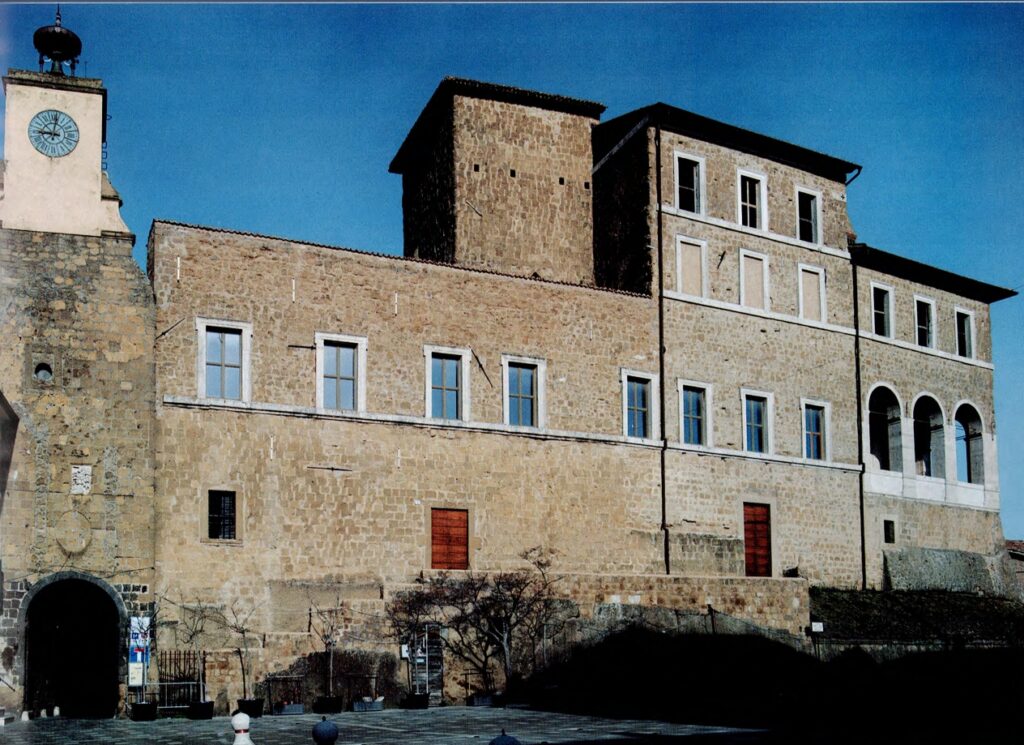
The Clock Tower – Facebook @InfoPoint Ischia di Castro
The medieval part of the town is accessible through a Clock Tower, surrounded by strong, partially preserved walls, and houses leaning against each other.
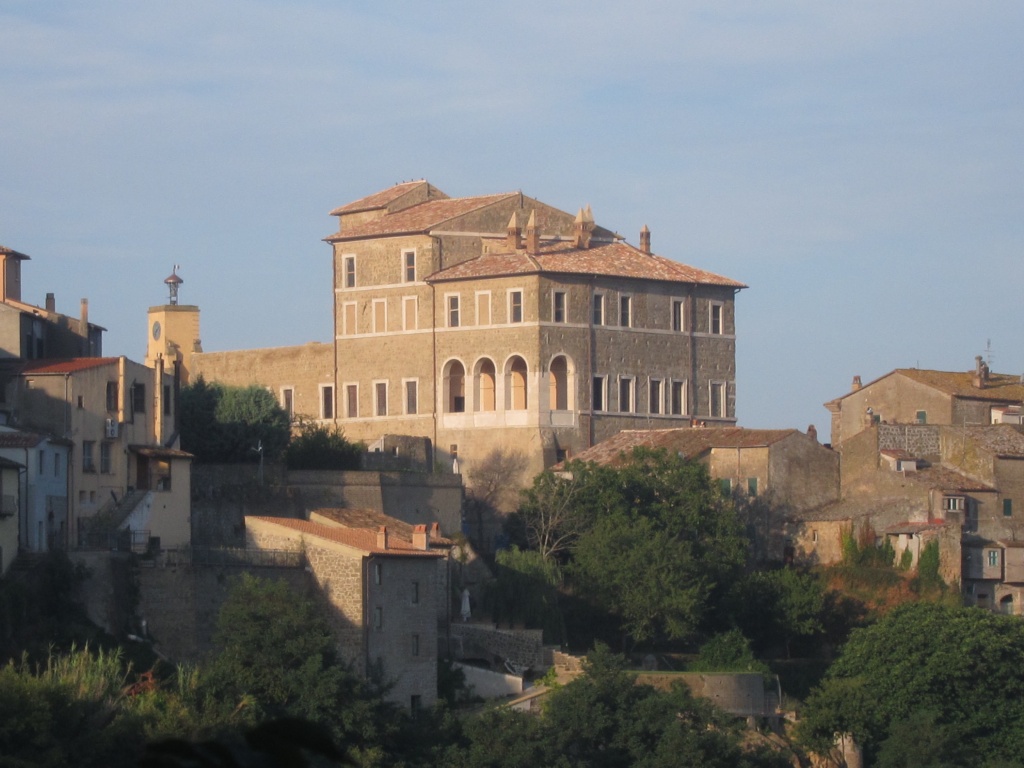
Rocca Farnese – www.retedimorestorichelazio.it
Ischia di Castro also hosts Rocca Farnese, the oldest surviving residence of the Farnese Family. The fortress was built in the thirteenth century, and, in the sixteenth century, works were carried on in order to transform it into a palace, according to a design by Antonio da Sangallo the Younger. The renovation however remained unfinished, and the building maintained an appearance halfway between a fortress and a palace. Thanks to restoration works, a loggia in Renaissence style has recently been opened, after remaining walled for centuries. Today the residence is owned by Stefano Aluffi Pentini.
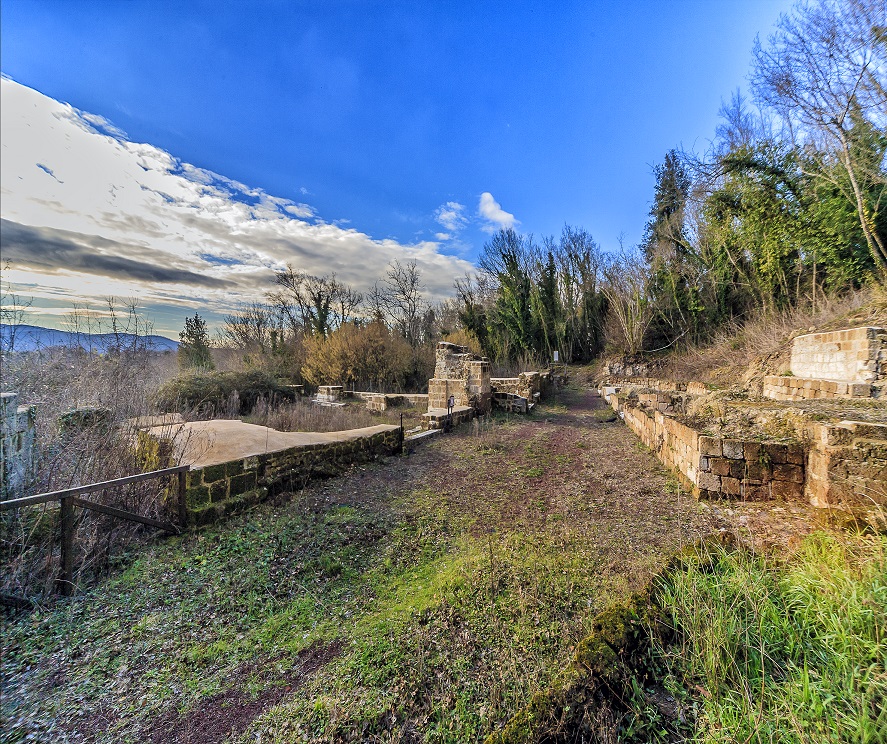
Antica Città di Castro – www.retedimorestorichelazio.it
The village of Ischia di Castro lies at the centre of the Antica Città di Castro archaeological area, the capital of the Farnese Duchy. It reached its greatest splendour in the first half of the sixteenth century but was razed to the ground in 1649 by the troops of Innocent X.
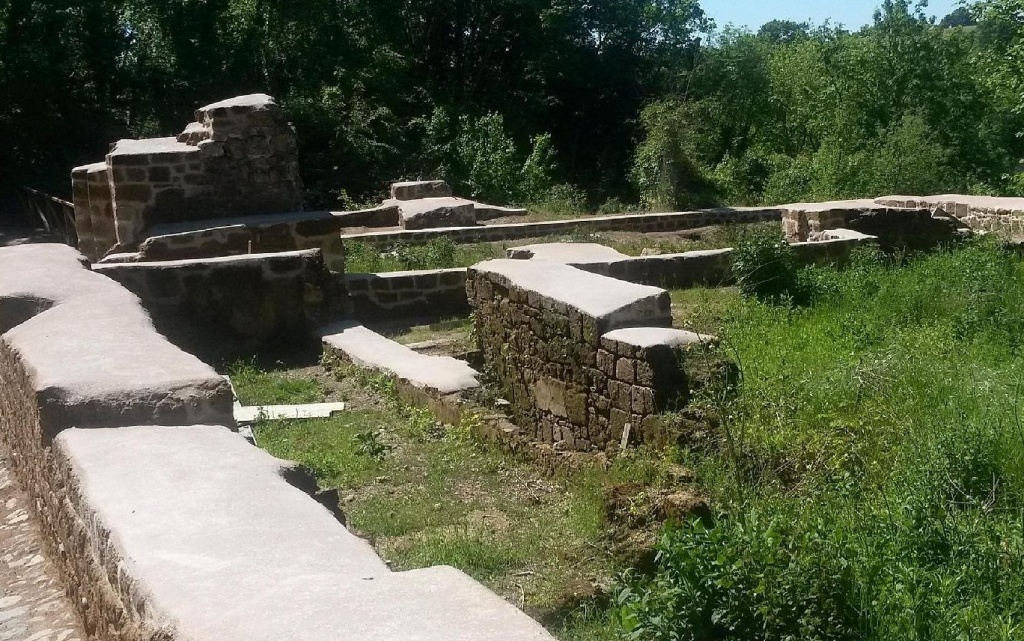
The ruins of the Antica Città di Castro – www.retedimorestorichelazio.it
The ruins of the Antica Città di Castro, a pre-existing poor small village, were transformed by the Farnese into the prestigious capital of the Duchy and a symbol of the Family’s power. The reconstruction was largely entrusted to the architect Antonio da Sangallo the Younger, who turned the settlement into a perfect example of Renaissance art and architecture, a new favourite destination the noble families. Here, they built sumptuous palaces, a rarity for the time, when, along the brick and streets of Castro, the sewers ran. Among the thirteen churches in the village, the most important was the Romanesque Cathedral dedicated to San Savino, the city’s patron saint, celebrated on May 3 with a joust and a palio among the different districts.
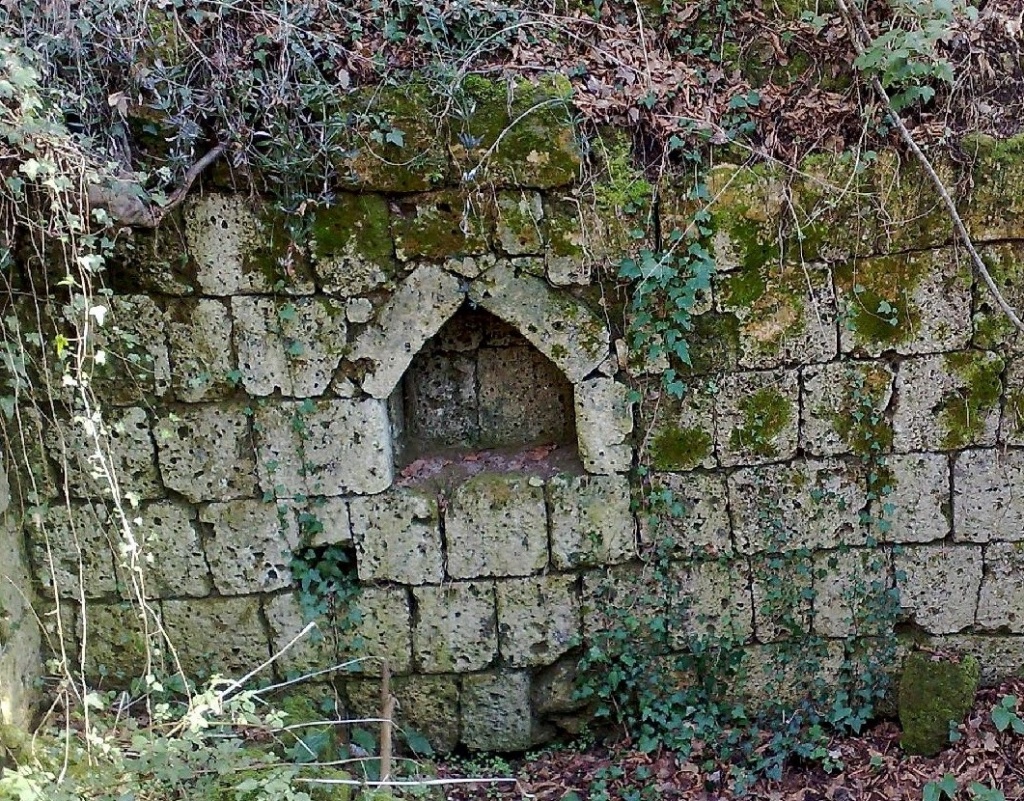
Antica Città di Castro, ruins – www.retedimorestorichelazio.it
In 1649, the troops of Innocent X Pamphili, allied with the Barberini Family, enemy of the Farnese, and completely destroyed the site deporting its inhabitants. Today, the ruins are covered by a forest. Excavations have brought to light the remains of the main square, the Cathedral, the Palazzo della Zecca, the Convent of San Francesco, the fortifications, and Porta Lamberta. Parts of the underground rooms, cellars, wells, cisterns, and basements are still visible.

The Museo civico archeologico Pietro e Turiddo Lotti – Facebook @Museo civico archeologico Pietro e Turiddo Lotti di Ischia di Castro
Some artifacts from the ancient town of Castro are displayed in the Museo Civico Archeologico Pietro e Turiddo Lotti in Ischia di Castro, while the Etruscan Necropolis preserves a monumental half-dome tomb from the sixth century, whose sculptural decorations can now be admired in the Museo Civico of Ischia di Castro.
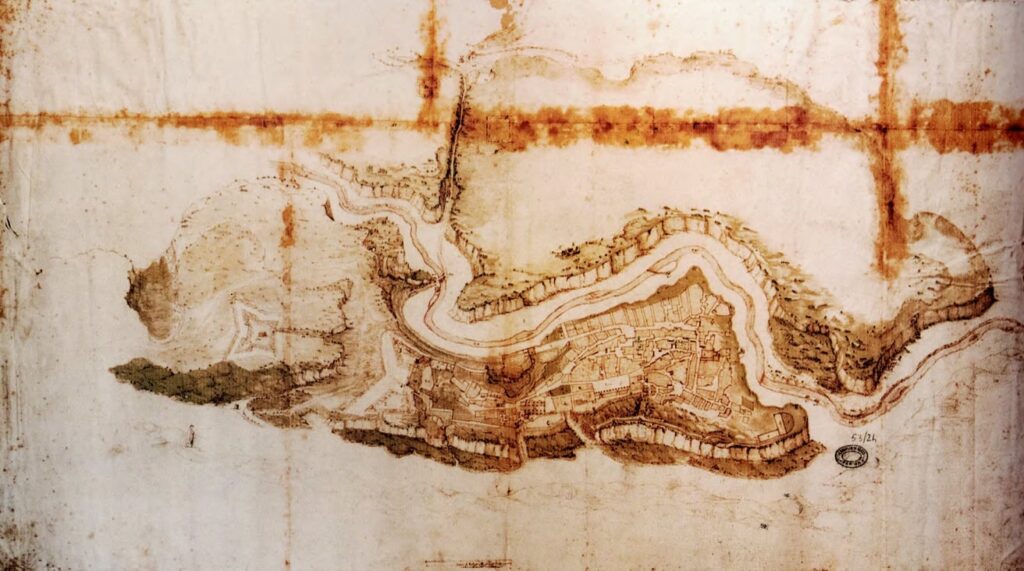
The Museo civico archeologico Pietro e Turiddo Lotti – Facebook @ Pietro e Turiddo Lotti di Ischia di Castro Museo civico archeologico
The Museo Civico di Ischia di Castro is structured through an educational approach, with exhibits chronologically arranged from Prehistory to the Renaissance period, displaying interesting finds, such as flint tools and examples of Paleolithic furniture from the Cave of Settecannelle.
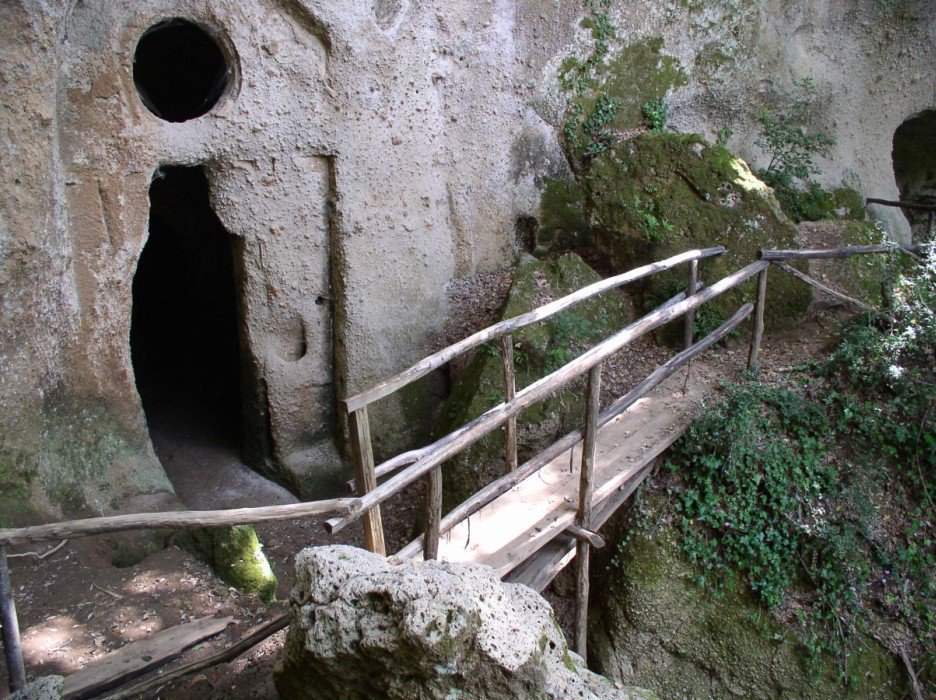
The Hermitage of Poggio Conte
The Museum also hosts some sculptures from the Cathedral of San Savino di Castro and six thirteenth-century frescoes from the impressive rock hermitage of Poggio Conte, hidden in tuff and reachable via a fascinating path. Inside, it is possible to admire several paintings and to experience a mystical monastic atmosphere.
The local specialities are the Canino DOP olive oil and the Colli Etruschi Viterbesi DOP wine. Among the major events, are the Patron Saint’s Day, Sant’Ermete, celebrated with the Giostra del Gallinaccio on August 28, and the Feast of the second Patron Saint, Madonna del Giglio, occurring on September 8. Not to be missed is also the Gran Premio per Carrettelle, held at the beginning of August, an exciting competition among toy carts with no engine handcrafted by children, which take advantage of the natural slope of the town’s main road.
